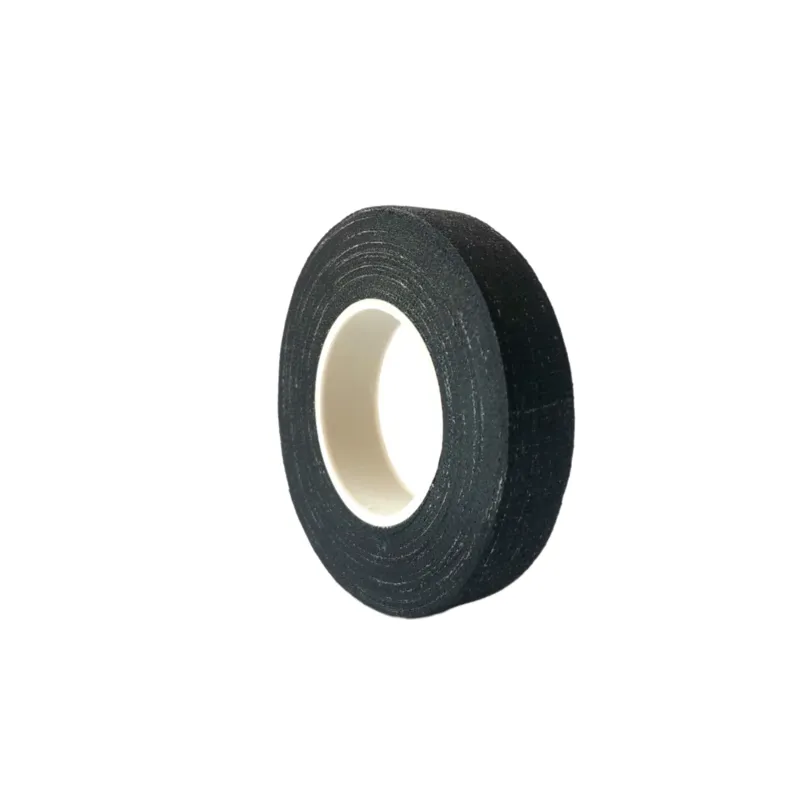The Versatility of Yellow Marking Tape
In various industries and spaces, the use of marking tape is indispensable for promoting safety, organization, and efficiency. Among the different colors available, yellow marking tape stands out due to its high visibility and universal recognition in conveying caution and warnings. This article delves into the myriad uses of yellow marking tape, its benefits, and its importance across diverse settings.
A Symbol of Caution
Yellow is often associated with caution. Whether on road signs, construction sites, or safety equipment, yellow communicates an alertness that is vital in preventing accidents. Yellow marking tape serves as a physical representation of this caution; it draws attention and makes individuals aware of potential hazards. This is particularly beneficial in environments where individuals may be distracted or where visibility is compromised.
Applications in Various Industries
1. Construction Sites On construction sites, yellow marking tape is crucial for delineating areas that pose safety risks. It can indicate where heavy machinery operates, where construction is taking place, or where workers should not enter. This helps ensure that everyone on site is aware of their surroundings and can avoid accidents.
2. Warehouses and Storage Facilities In warehouses, yellow marking tape is often used to indicate pedestrian walkways, loading zones, and storage areas. By clearly marking these zones, companies can improve workflow and safety. Employees can navigate the space more effectively, reducing the chance of collisions between forklifts and pedestrians.
3. Event Planning Event organizers frequently use yellow marking tape to facilitate crowd control and delineate space for various activities. At outdoor festivals or fairs, yellow tape can mark off areas for food stalls, stages, or emergency exits. This not only keeps attendees safe but also enhances their overall experience.
4. Road Safety In traffic management, yellow marking tape is used on roads, parking lots, and other public spaces to guide vehicles and pedestrians. For instance, it can highlight the edges of roadways, parking spaces, and pedestrian pathways. Its reflective properties also enhance visibility at night, contributing to safer driving conditions.
yellow marking tape

5. Manufacturing Facilities Inside manufacturing plants, yellow marking tape is often employed to define work areas, machinery zones, and safety equipment locations. By marking these zones clearly, facilities can reduce the risk of accidents and increase overall productivity.
Benefits of Using Yellow Marking Tape
- High Visibility Yellow marking tape is easily noticeable, even from a distance. This is crucial for alerting individuals to potential dangers or to guide them in environments that may have visual clutter.
- Durability Most yellow marking tape is designed to withstand harsh conditions. It is often made from materials that are resistant to wear and tear, weather, and UV exposure, ensuring that markings remain clear and legible over time.
- Easy Application and Removal Yellow marking tape can be easily applied to various surfaces without the need for special tools. Moreover, it can be removed without leaving a residue, making it a convenient option for temporary applications.
- Cost-Effectiveness Compared to painting or other more permanent marking solutions, yellow marking tape is a cost-effective choice. It provides the same level of safety and organization without incurring significant labor or material costs.
Conclusion
Yellow marking tape is a simple yet powerful tool that plays a vital role in promoting safety and order across various environments—from construction sites to warehouses, and beyond. Its high visibility and multifunctionality make it an essential item for anyone looking to enhance safety protocols and improve operational efficiency. As industries continue to prioritize safety and organization, yellow marking tape is likely to remain a staple in workplaces and public spaces alike. Investing in quality yellow marking tape can lead to significant improvements in safety outcomes, proving that even small measures can make a substantial difference.
-
XIANGFAN Rubber Tape-Ultimate Solutions for All Your Insulation NeedsNewsJun.24,2025
-
XIANGFAN Rubber Tape-Protection for Industrial and Residential ApplicationsNewsJun.24,2025
-
XIANGFAN Rubber Tape: Superior Safety and Sealing for Demanding EnvironmentsNewsJun.24,2025
-
XIANGFAN Rubber Tape: Reliable Solutions for Every Electrical ChallengeNewsJun.24,2025
-
XIANGFAN Electrical & Industrial Tape: Powering Reliability Across IndustriesNewsJun.24,2025
-
XIANGFAN Electrical & Industrial Tape: Excellence in Every ApplicationNewsJun.24,2025
